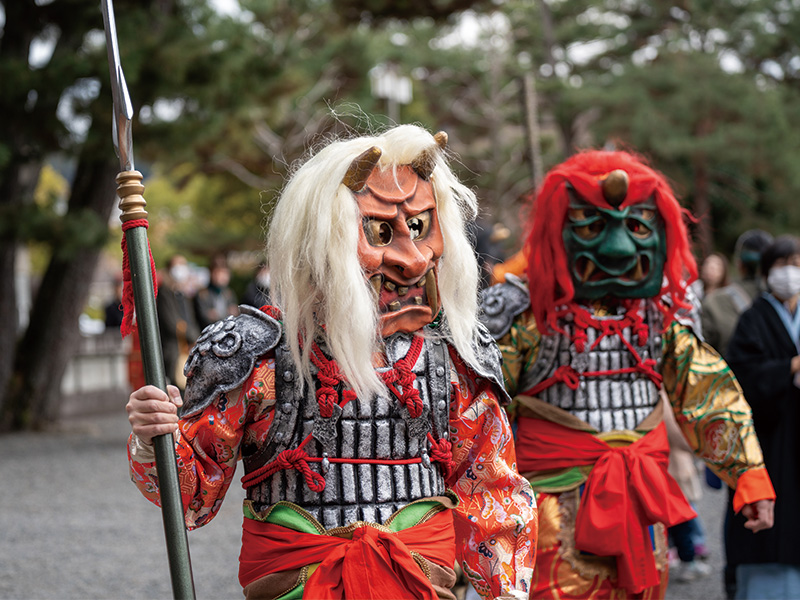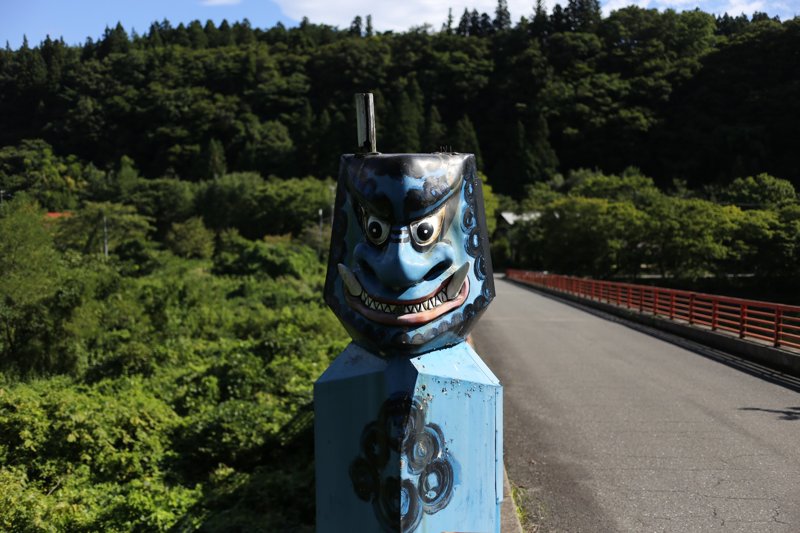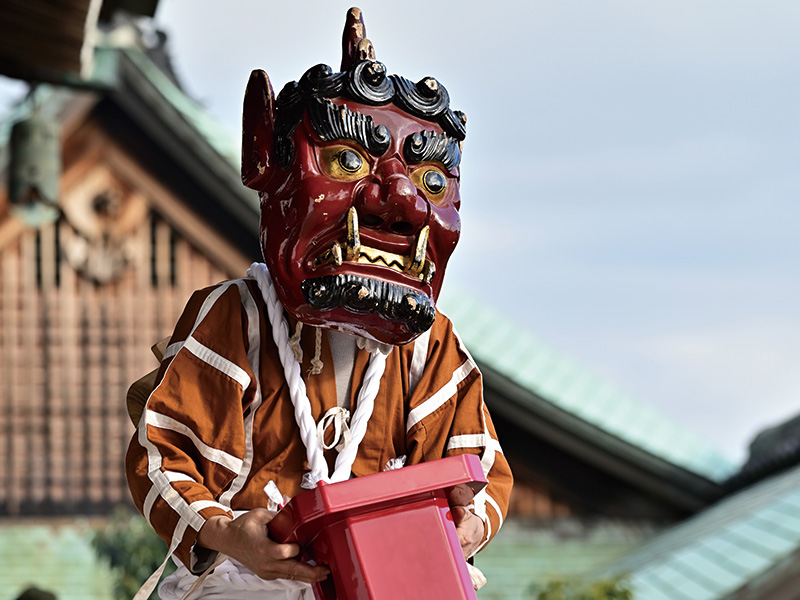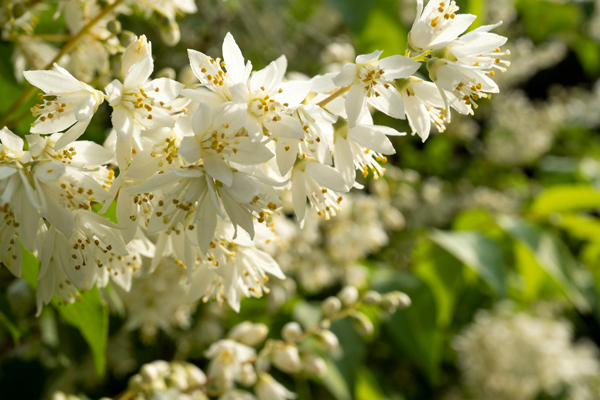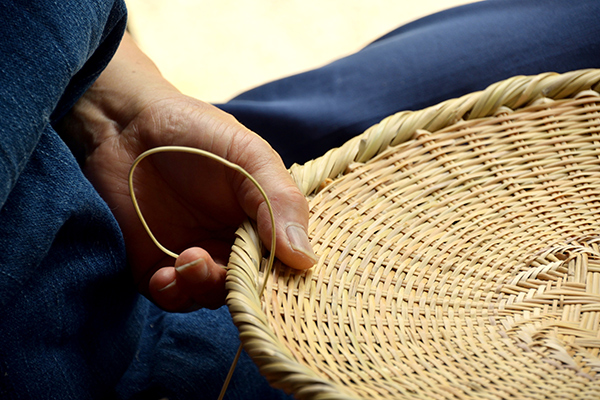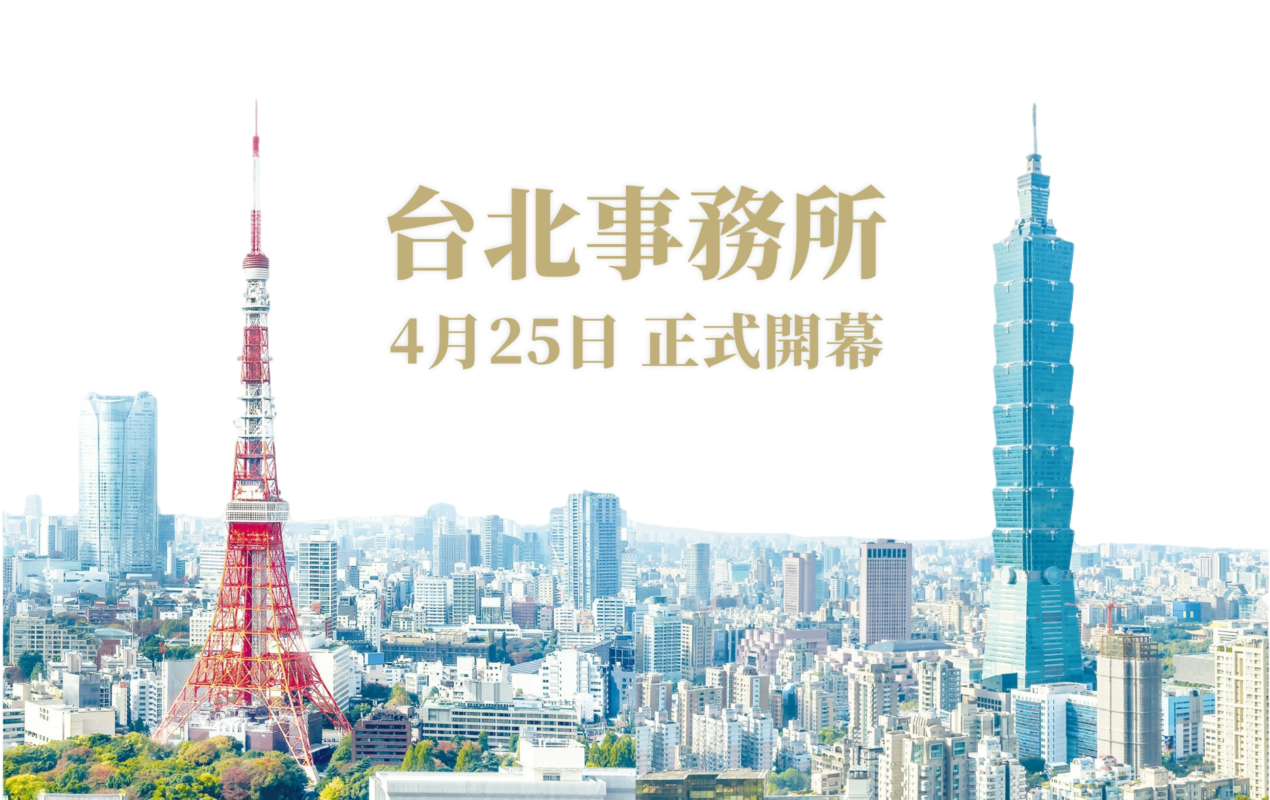1. Introduction: Why Are There So Many Place Names with
"Oni-gawa" (鬼怒川), "Oni-no-jo" (鬼ノ城), "Oni-kube" (鬼首) — these place names containing "Oni" can be found throughout Japan. But why "Oni"? Did real demons actually reside here?
When you hear "Oni," you might picture a creature with red or blue skin, horns, and a tiger-striped loincloth. However, as we unravel the legends of Oni that have been passed down through generations, we discover that they are not merely figments of imagination but are deeply intertwined with Japan's history, geography, and cultural background.
Moreover, beings similar to Oni are not unique to Japan; they can also be found in various forms around the world, such as "ogres" and "demons" in Europe, or "gui-shen" (鬼神) in China. What do these "Oni" symbolize, and what impact have they had on people?
In this first part of the article, we will explore the origins of Japan's Oni legends and the background behind the place names that feature "Oni." In the second part, we will consider the unique meanings of Japanese Oni through comparisons with Oni from around the world.
2. What is an Oni? The Origins of Oni in Japan
(1) Oni in Japanese Mythology and Legends
Oni appear in Japan's oldest historical texts, such as the "Nihon Shoki" (日本書紀) and "Kojiki" (古事記). For instance, in the realm of Yomi (黄泉の国), Oni-like beings are depicted as guardians of the underworld. Additionally, due to the influence of Buddhist thought from the Nara period onwards, Oni began to be portrayed as terrifying entities that punish sinners in hell.
Oni also appear frequently in folklore and legends:
• Momotarō's Oni: The story of "defeating the Oni that live on Oni Island" is a representative example of Japanese Oni legends.
• Shuten-dōji: The leader of the Oni who resided in Ōe Mountain in Kyoto, said to have been defeated by Minamoto no Yorimitsu.
• The Oni of Rashōmon: In the Heian period, it is said that an Oni dwelled at Rashōmon in Kyoto, attacking people.
In such legends, Oni are often depicted as "villains." However, as we delve into history, it becomes apparent that Oni may not merely be supernatural creatures but could represent specific groups or ethnicities that were labeled as "Oni."
(2) People Labeled as
The term "Oni" does not necessarily refer to supernatural creatures; it may have symbolized certain groups in history.
1. Emishi Theory: Oni = People Who Did Not Obey the Yamato Court
In ancient Japan, the Yamato Court was promoting centralization. However, in the Tohoku region, there were indigenous people known as Emishi who did not comply with the court and frequently clashed with its armies. It is possible that these Emishi were referred to as "Oni," and their subjugation was narrated as a heroic tale. In fact, many place names with "Oni" can be found in the Tohoku region, which may reflect the remnants of battles between the Yamato regime and the Emishi.
2. Immigrant Theory: Were Those Who Brought Foreign Cultures Called "Oni"?
The term "Oni" is said to carry meanings of "the other" or "the incomprehensible." This suggests that people who came to Japan from overseas, bringing foreign cultures or new technologies, might have been labeled as "Oni."
3. Rebel and Exile Theory: Is "Oni" a Label for the Defeated?
Moreover, samurai who were defeated in battle or those who opposed the court may have fled to the mountains and been referred to as "Oni." In particular, place names with "Oni" in mountainous areas may be remnants of where these fugitives settled.
3. Geographic Factors: Reasons for the Abundance of Place Names with
(1) The Relationship Between Rugged Terrain and Oni
Many place names containing "Oni" are found in mountainous areas and narrow paths (known as airo, meaning difficult roads). This suggests that dangerous places, which are hard for people to approach, may have become legendary as "the dwelling of Oni."
(2) The Presence of Oni Legends in Volcanic and Hot Spring Areas
Many place names with "Oni," such as "Oni-gawa" (鬼怒川) and "Oni-kube" (鬼首), are located in volcanic regions. The rumblings from volcanic activity and the smell of sulfur may have appeared to ancient people as the "work of Oni."
(3) Flooding of Rivers and Oni
Rivers with names that include "Oni," like "Oni-gawa," have often experienced flooding. People may have interpreted these floods as "the wrath of Oni," etching that fear into the place names.
4. What Are the
(1) Oni-gawa (鬼怒川) (Tochigi Prefecture)
Origin of the Name: While it is often thought to mean "the river where Oni get angry," there is also a theory that it derives from the Ainu language. It was once a turbulent river, and its floods were considered "the anger of Oni."
(2) Oni-no-jo (鬼ノ城) (Okayama Prefecture)
This mountain castle was built by the Yamato Court after the Battle of Baekgang in 663. It was a fortress to prevent foreign invasion, which may have led to it being called "the castle of Oni."
(3) Oni-kube (鬼首) (Miyagi Prefecture)
There is a legend that this is the place where "the head of the Oni was taken." It is a hot spring area with the scent of sulfur, suggesting a connection between volcanic activity and Oni legends.
There are many other place names with "Oni" throughout the country.
5. Summary
We have seen that the background of Oni place names is intertwined with complex elements of history, geography, and ethnicity, rather than being mere legends.
However, it is not only in Japan. Similar entities to "Oni" exist around the world:
• Western "demons" and "ogres"
• Chinese "gui-shen" (鬼神)
• "Evil spirits" found in Southeast Asia and the Middle East
In the second part, we will compare the concept of Oni found in various countries and explore the unique meanings that Oni hold in Japan.
→ To be continued in Part 2!


